45PD Dog Daily Calorie Intake indicates that the. One of the most important things in the preservation of some of the most adored animals in the world, which are dogs, is feeding them the correct number of calories each day.
Whether this is going to be your first time to own a dog or if you are a veteran during the process, you must take into account your dog’s energy requirements since this has such a tremendous impact on their health, survival, and well-being.
Well, without further ado, let’s look at what goes into the right calculation of how many calories should your companion consume on any given day.
Key Takeaways
- It is critical to feed your dog calories because it will help him/her to be active and healthy.
- Next, assess your dog’s Resting Energy Requirement (RER) to see the basic calories your dog needs per day.
- Egg consumption should be altered depending on activity, breed, age, and health issues.
- Watch for signs that you are overfeeding or underfeeding your birds and seek advice from the vet if necessary.
- Feed on the delicious canned dog food that contains high quality proportions of nutrients fit for dogs.
Why Calorie Intake Matters
Of course, calorie intake remains the foundation of maintaining the health of your dog. Just like people, dogs require a certain amount of food to break the day’s energy value to show an outstanding performance. Here’s why it’s so important:
Importance of Calorie Balance
Energy for Daily Activities: Every motion your dog makes from running and playing to even walking or wagging its tail is powered by calories. When a dog is not fed with enough calories depending on the intensity of his activities he will not even wag his tail again.
Prevention of Health Issues: Balanced calorie intake assist in avoiding obesity that is one of the main sources of many diseases such as diabetes, arthritis, and heart diseases. On the flip side absolute underfeeding is bad as it leads to malnutrition thus the animals experience muscle wastage, low immunity and develop mentory delays in case of puppies.
Optimal Body Function: A moderate calorie intake helps maintain the metabolism in your dog organs, and they work as expected. Chemical energy is the energy needed by their heart to beat, their brain to function and their digestive system to function properly.
The Role of Calories in Dog Health
Calories therefore play the role of a currency which keeps your dog healthy and fully active. Here how they contribute to essential functions:
- Running and Playing: Playback, fetching, running, and tugging need power and to provide that power requires enough calories to be consumed.
- Basic Bodily Functions: This is a leading factor of metabolism with many different processes going on in the body even when the body is idle, processes such as food digestion, blood circulation, breathing and keeping of body temperature. Energy is provided to these important processes by calories.
- Maintaining Muscle Mass and Body Temperature: Calories help keep your dog muscles well maintained and capable of exercising and repairing When damaged. They also assist in producing the heat that is required in maintaining dog body in excellent temperatures especially when winter is near.
How to Calculate Your Dog’s Calorie Needs
Resting Energy Requirement (RER)
The baseline for determining your dog’s calorie needs starts with the Resting Energy Requirement (RER):
Related Environmental Resistance RER = 70 X weight in kg to the power of 0.75
Example Calculation:
RER = 70× (20) 0.75 = 662 Calories/day
This is the minimum calorie intake recommended for individuals to survive minimum motions.
This is the minimum calorie requirement for basic survival.
Maintenance Energy Requirement (MER)
Adjust the RER based on activity level and health status:
- Sedentary dogs: RER × 1.2
- Moderately active dogs: RER × 1.6
- Highly active dogs: RER × 2.0 or more
Example:
For a moderately active 45-pound dog:
- MER = 6621.6 = 1059 calories/day
Factors Affecting Calorie Requirements
Breed and Size
- Large breeds: Require higher calories because are larger and require more energy use.
- Small breeds: Possess higher metabolic rates and maybe need more energy.
Age
- Puppies: Need more energy for growth.
- Senior dogs: May require fewer calories in order not to gain weight.
Health Conditions
Certain diseases affect calorie needs:
- Chronic conditions: Prescribe diets that control the symptoms in question.
- Cancer: Certain bodily condition dictate high-protein or high-fat diets for energy .
Activity Level
- Active dogs: Need more calories to be maintained to replenish the body energy reserves.
- Low-activity dogs: Require less energy to be consumed in doing so that weight gain does not occur.
Understanding Dog Food Labels
Therefore, if one needs to choose the right food for your dog all one needs to do is read and understand dog food labels. These labels give important information about the nutrient value of the food you are offering your pet animal. Here’s what you should focus on:
What to Look For
Calorie Content
The calorie content is usually represented in kilocalorie (kcal) per cup or kilogram. The details make it possible for you to estimate the amount of food your dog requires every single day in terms of energy. Of all the areas it is crucial in managing portion sizes, overfeeding, or underfeeding at a glance.
Macronutrients – Protein, Fat, and Carbohydrates: See the current status of these essential macronutrients:
Protein: Essential in forming muscles as well as for their maintenance and for all bodily functions as well.
Fat: Contains concentrated energy and is also healthy for the skin and coat to give that shiny look.
Carbohydrates: They are fond to offer quick energy, but should not be taken in excess so as to add extra pounds on the body.
Ingredients List: Choose protein with as little added compounds as possible; it’s better if it is mentioned before other ingredients like chicken, beef, or fish. The ideal food is one that has little to no fillers or chemical additives in it.
Common Nutritional Guidelines
To ensure you’re providing a balanced diet, use these general recommendations for dog food macronutrient content:
| Nutrient | Recommended Amount |
|---|---|
| Protein | 18-22% |
| Fat | 8-12% |
| Carbohydrates | 30-50% |
The above given percentages can go up or down based on some factors such as age, size and the health state of the dog. For example, puppies need more protein for growth while he elderly dog will benefit from less fats to avoid obesity.
How to Measure Portions
It is very important to ensure that you feed your dog the correct portions of food at the correct time to help him/her maintain very radiant energy. Too much food may cause obesity, skinniness may be as a result of a lack of adequate food nutrients. Here’s how you can accurately measure your dog’s food:
- Use a Kitchen Scale or Measuring Cup: The best method of dividing the portions for your dog is to actually weigh their meals using a kitchen scale. Most foods for dogs are packed with information on calorie content per serving and this makes it easy to measure serves as per the caloric need thereof. If there’s no weight information available you can convert it to a measuring cup.
- Follow Feeding Guidelines: Read the feeding guidelines information stated by the manufacturer of the dog food that you intend to feed your dog. These generally provide for usual portion size, which tends to depend on the breed size of your dog in relation to its activity level.
Example Portion Sizes for a 45-Pound Dog
- Sedentary Dogs: This would be approximately 2.5 cups, however, this would depend with the calorie density of the particular AA dog food you are using.
- Moderately Active Dogs: However for moderately active dog, they might require as much as 1,059 calories per day. This would generally mean 3 times the rearing cup sizes of food per day.
- Highly Active Dogs: An example is a high activity dog, working or an athletic one, might require about 1400 calories per day, which will be just about 4 cups.
Signs Your Dog’s Caloric Intake May Need Adjustment
Overfeeding Symptoms
- Rapid weight gain
- Lethargy
- Breathing difficulties
- Joint stress
Underfeeding Symptoms
- Visible ribs and spine
- Fatigue
- Poor coat quality
- Digestive issues
Tailoring Calorie Intake for Specific Health Needs
Obesity Management
- The slow and steady cut back on the energy intake.
- Provide examples of new, healthy, calorie-dense foods including lean proteins.
- Increase exercise gradually.
Practical Strategies for Weight Loss:
- Have them take many but small portions in between the main meals.
- The high calorie containing treats should be substituted by healthy foods such as vegetables like carrots for dog and green beans for cats.
- Employ interactive feeders that help slower the pace of the meal, and encourage the dog to move around.
Chronic Conditions
- Kidney Disease: Diets with a low protein complement and high energy value.
- Diabetes: Restriction of carbohydrate intake.
Example Diet Plan for Chronic Kidney Disease:
| Nutrient | Recommended Range |
| Protein | <15% |
| Phosphorus | Low |
| Omega-3 Fatty Acids | High |
Cancer and Therapy Support
- High-protein, high-fat diets to combat muscle atrophy.
- Avoid carbohydrates that feed cancer cells.
Suggested Cancer-Focused Diet:
| Nutrient | Role in Cancer Support |
| Protein | Maintains muscle mass |
| Healthy Fats | Provides energy |
| Antioxidants | Supports immune function |
Practical Tips for Managing Your Dog’s Diet
- Portion Control: Measure food accurately.
- Track Weight: Weigh your dog weekly.
- Exercise: There should be a structured business calendar that is followed strictly.
- Use Quality Foods: Buy brands that list the nutritional content of their products on the packs.
- Vet Consultations: Appointments as per schedule result in maximum diet changes.
- Avoid Human Food: There there are some foods which are poisonous to dogs such as chocolate, grapes and onions.
How to Transition to a New Diet
If switching dog food, transition gradually:
- For 3-4 days feed 25% fresh food mixed with 75% of the previous day’s leftovers.
- Bring it up to 50% new food for another 3-4 days.
- Switch 75% of the usual food intake for a final 3-4 days.
- Complete replacement of all foods with new imported foods.
My Opinion
When it gets to the health of my dog, I believe that one aspect that I have to particularly pay attention to is the number of calories the dog is able to consume in a given day. Learning their needs and ensuring that they take the right meals makes me ensure that they have the best chance to live long healthy lives.
In my case, the first thing is always to consult the vet to monitor and adjust their dietary program as per some diseases or conditions. I wish my furry friend live a happy life and a major component of that is feeding him..

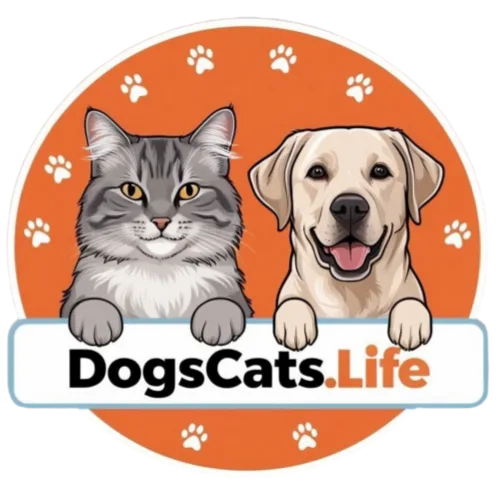



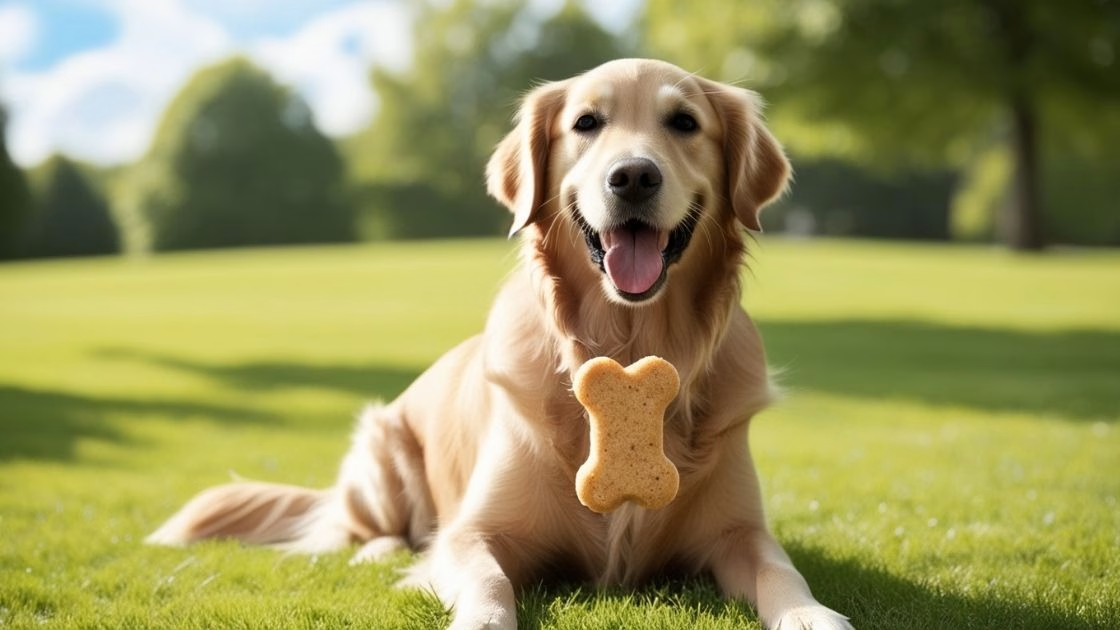
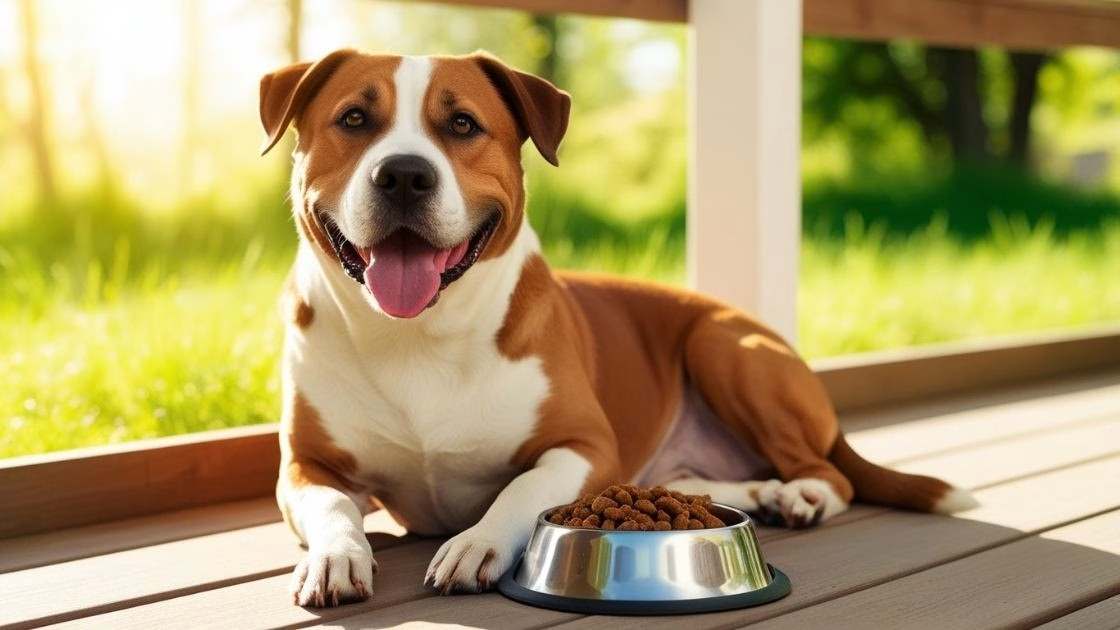



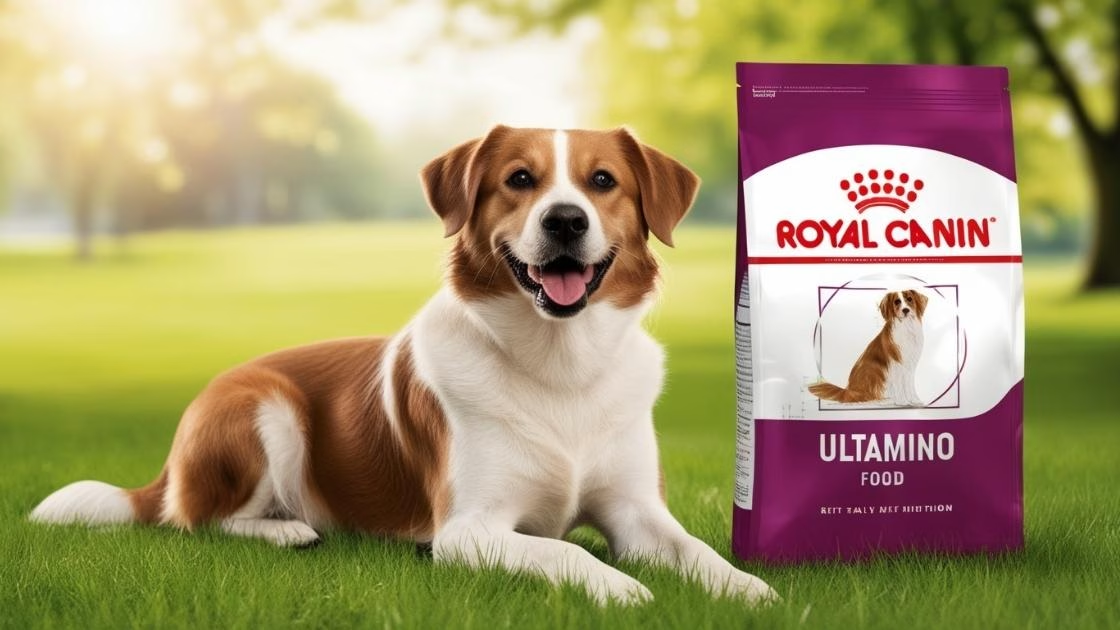

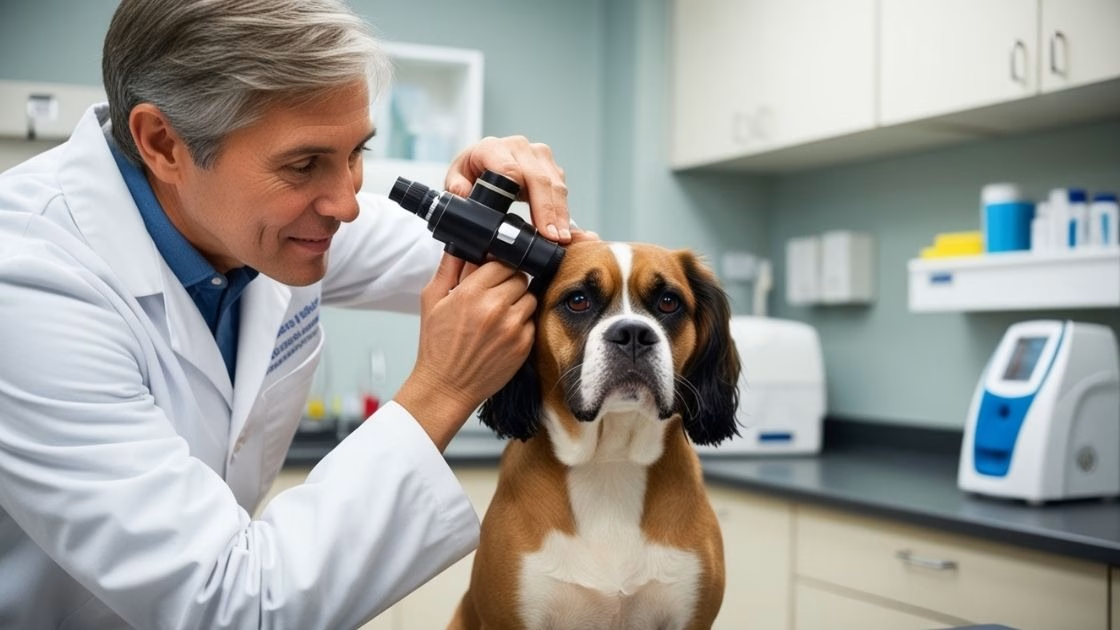
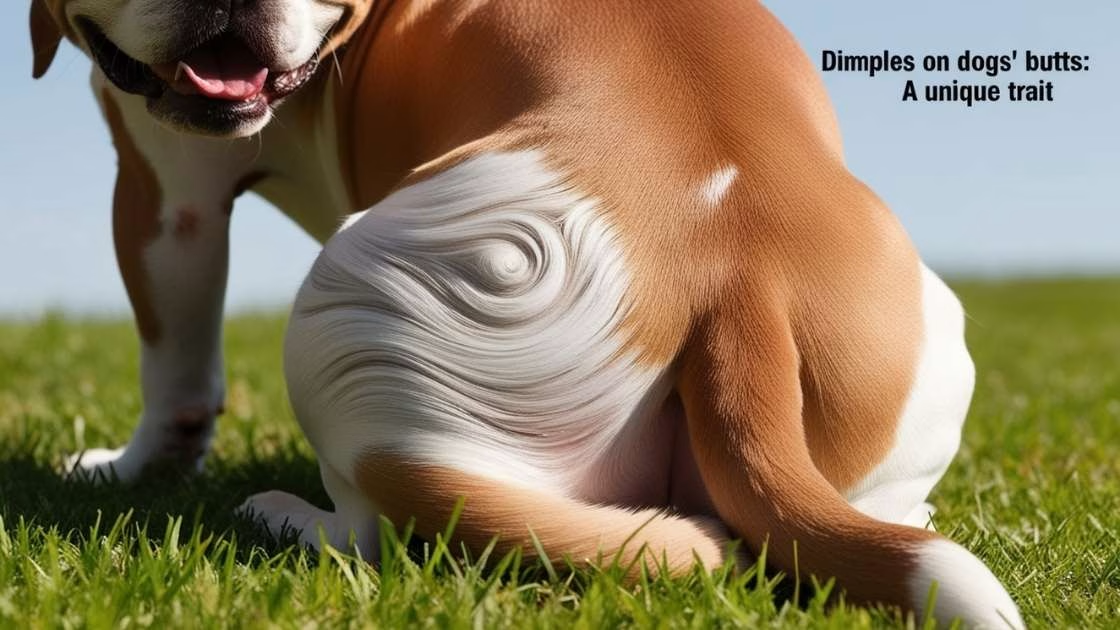

Leave a Reply
View Comments